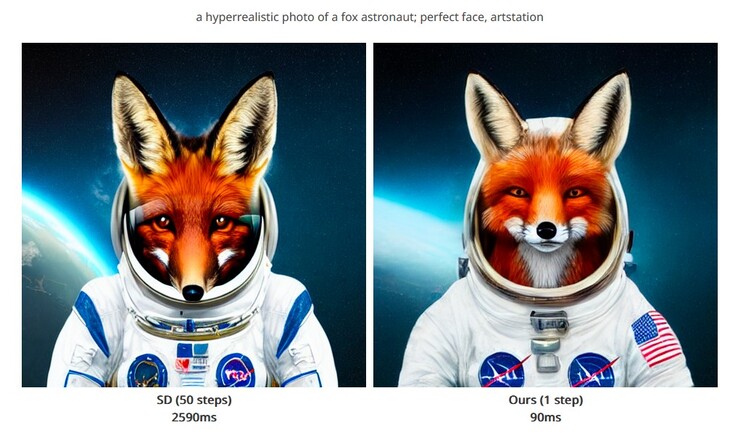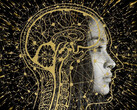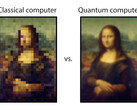The magic of Dall-E or Stable Diffusion should be familiar by now. From a brief description of the scene, content and perhaps one or two comments, a more or less realistic picture emerges. Fortunately, this can usually be recognized as an AI-generated work, but it also serves its purpose: I don't have to put a dog on a surfboard or a fox in an astronaut suit. The desired image is just a few clicks away.
In the background, however, it is a computationally intensive process consisting of numerous iterations, constant repetitions of the algorithm to finally arrive at the desired image. Researchers at MIT, however, have succeeded in dispensing with these numerous intermediate steps. Instead, the described scene is created after exactly one step.
This makes it possible to achieve a comparable result while significantly reducing the necessary computing power or waiting times. At the same time, less power is required to drive the system called "Distribution Matching Distillation (DMD)".
To put it more figuratively: the images used for training are broken down into coarser areas. This determines the approximate image composition depending on the subject. In addition, the probability of various image elements is analyzed in order to obtain a coherent scene at the end.
Ultimately, detailed information and the complexity are reduced, so that the image generator simply becomes faster. Instead of 2 to 3 seconds per image, the same hardware takes around 100 milliseconds - one thirtieth.
If you look closely at the images, the reduction in detail is clearly visible. Backgrounds are slightly blurred, and image elements can be repeated. The motifs can still look significantly better in some cases and are still easier to recognize as an overall work of artificial intelligence, or at least artificial. Another positive effect.
In addition to the fox astronaut, many other examples of the DMD model can be found here.






















